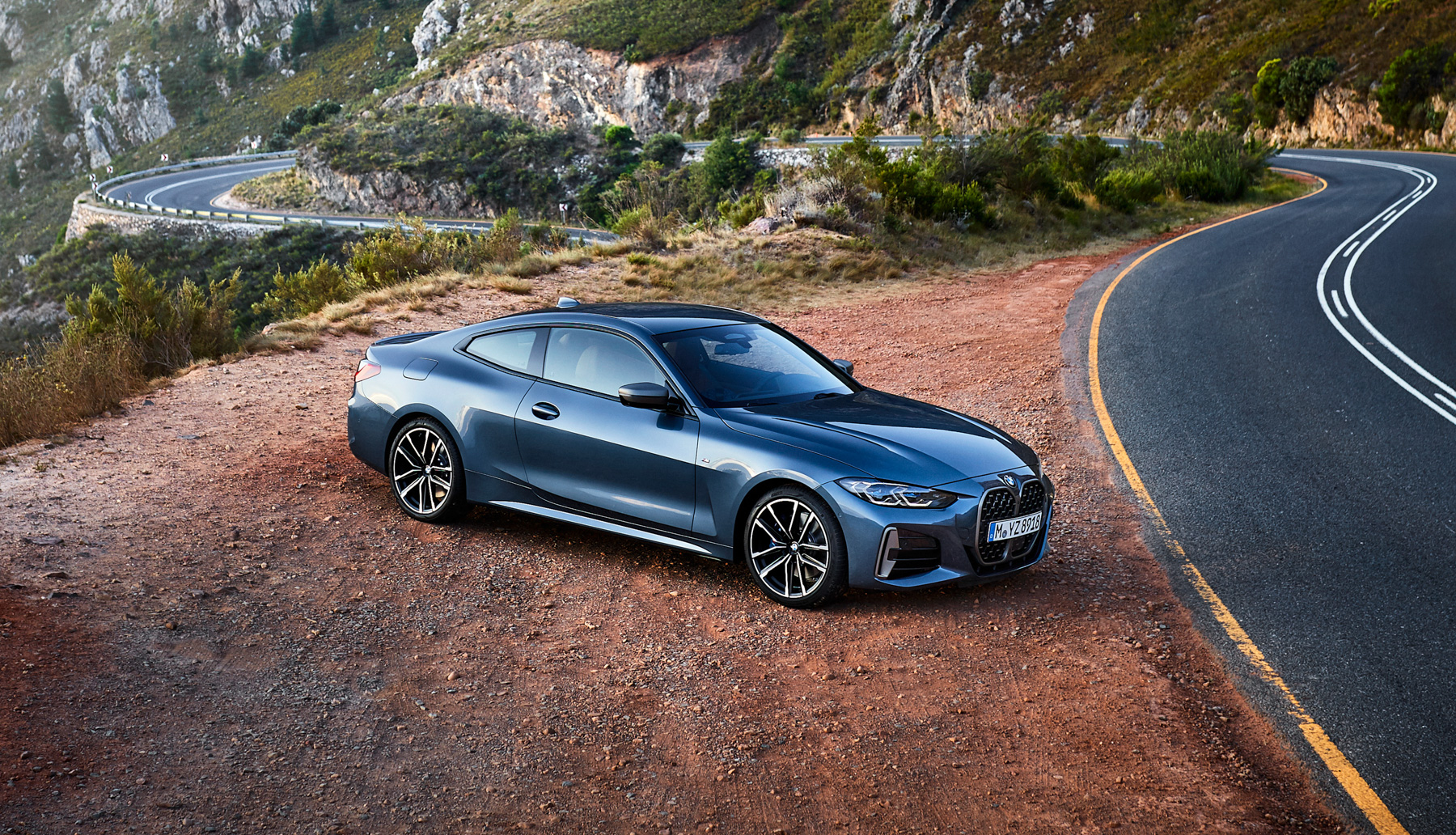Imposing grille leads the way as the new BMW 4 Series takes a new design direction away from its 3 Series sibling.
Few big car makers have as much history and presence in the coupé market as BMW. And here is the brand’s latest offering: the new 4 Series, which aims to finish a job started by its predecessor.
That’s because, while the BMW 4 Series is still a rival for cars such as the Mercedes C-Class Coupé and Audi A5, BMW has started to dramatically change the way the car looks.
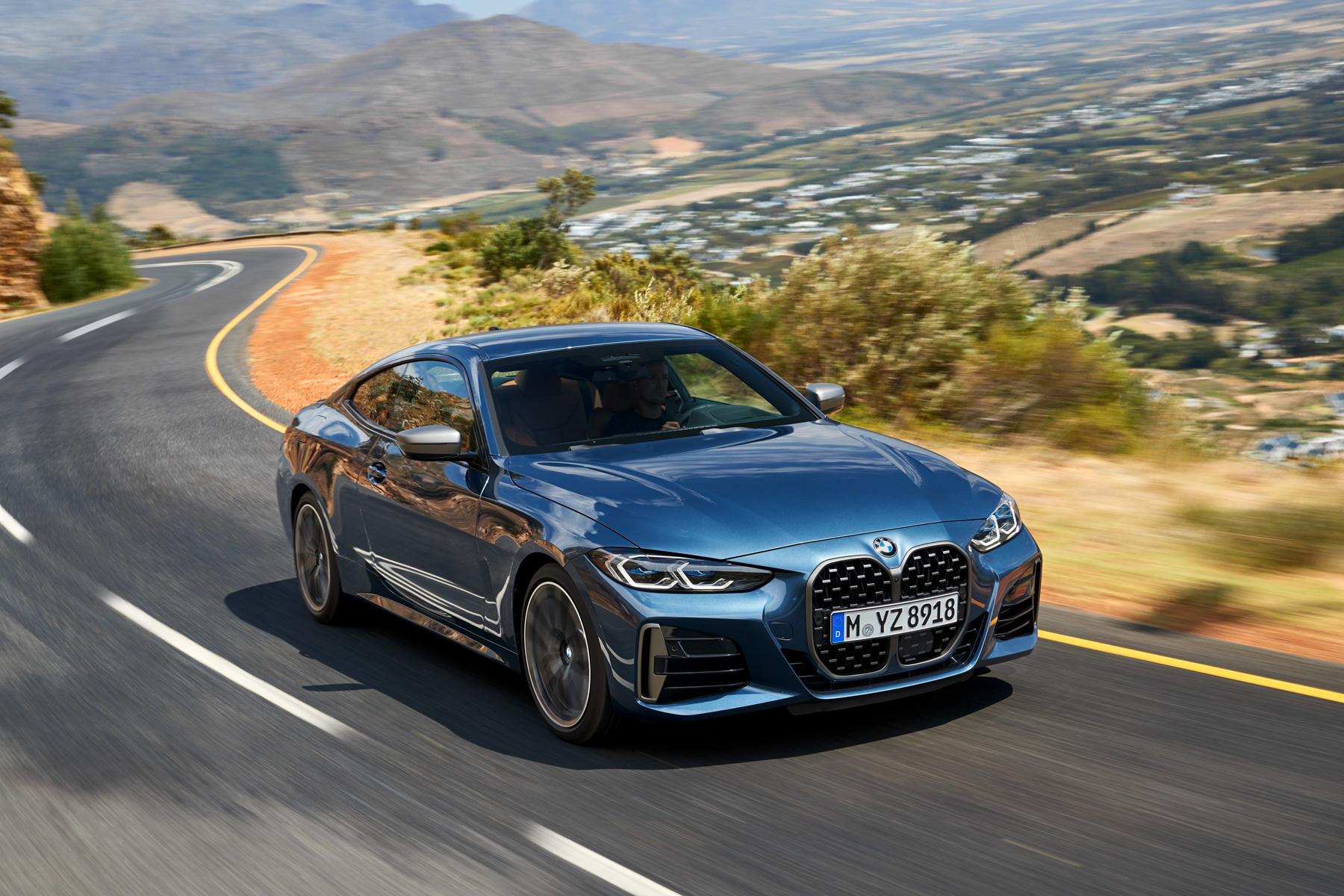
The last 4 Series saw BMW separate the coupé and the 3 Series it was based on. What was once the 3 Series Coupé became the 4 Series, although outsiders saw it as little more than a new name. The latest two-door, with a very different image to the saloon, has clearly been designed as its own model.
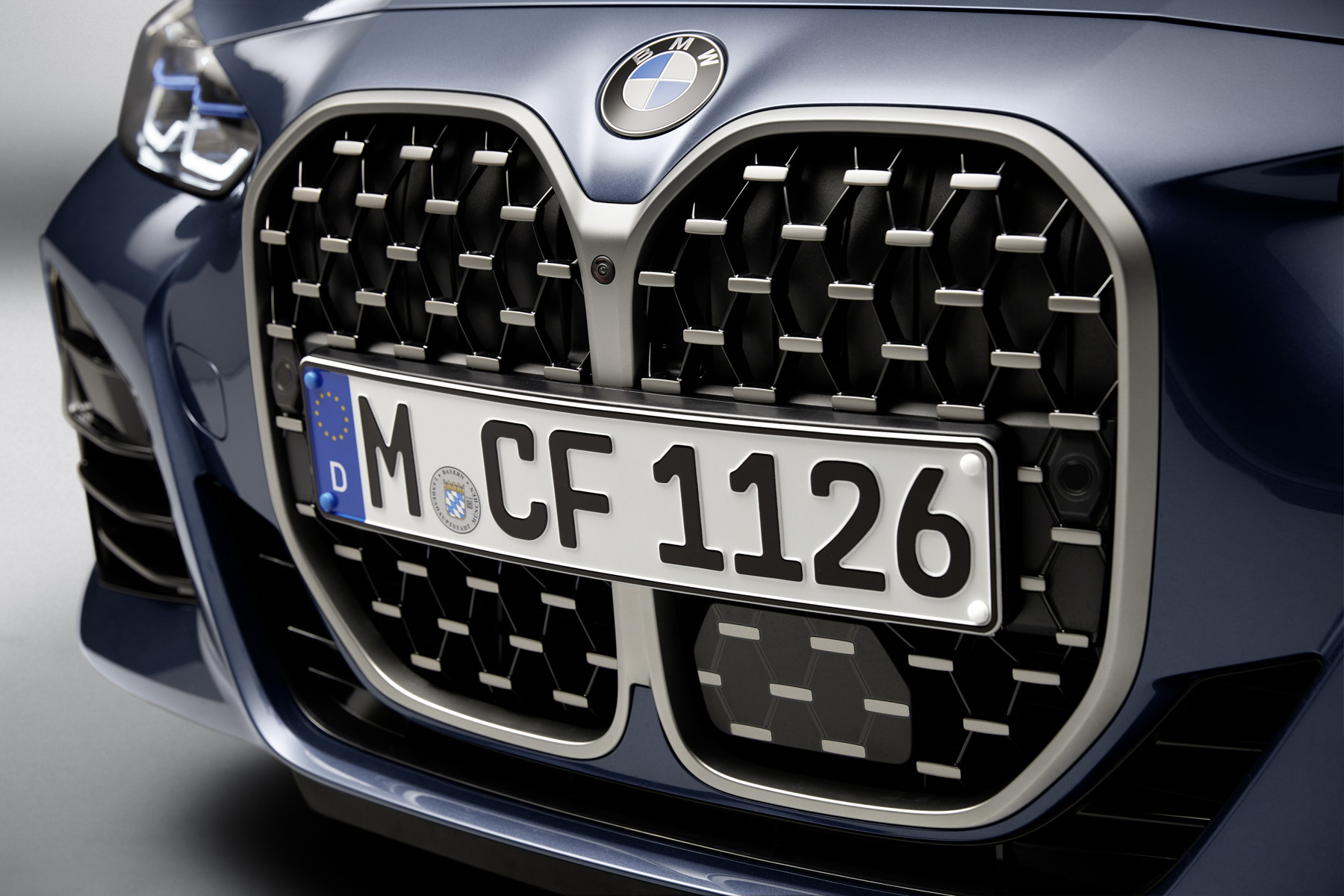
It shares its platform with the 3 Series, but there are several revisions intended to make the 4 Series feel sportier, such as a wider rear track and standard M Sport suspension. Yet the big talking point is the styling, which Domagoj Dukec, Head of BMW Design, says is a nod to the firm’s heritage.
“Until the late eighties, BMW kidneys were always taller than they were wide,” he says of the distinctive new grille.

“We have been designing like this for years. And we’ve had several show cars like the 3.0 CSL and the NEXT 100; they always had this vertical kidney, and every designer on my team felt we could go for a different shape for our customers, and that’s the reason why we did this on the 4.”
The new 4 Series is 128mm longer than its predecessor, while it’s also a little wider, and the wheelbase grows by 41mm, too.
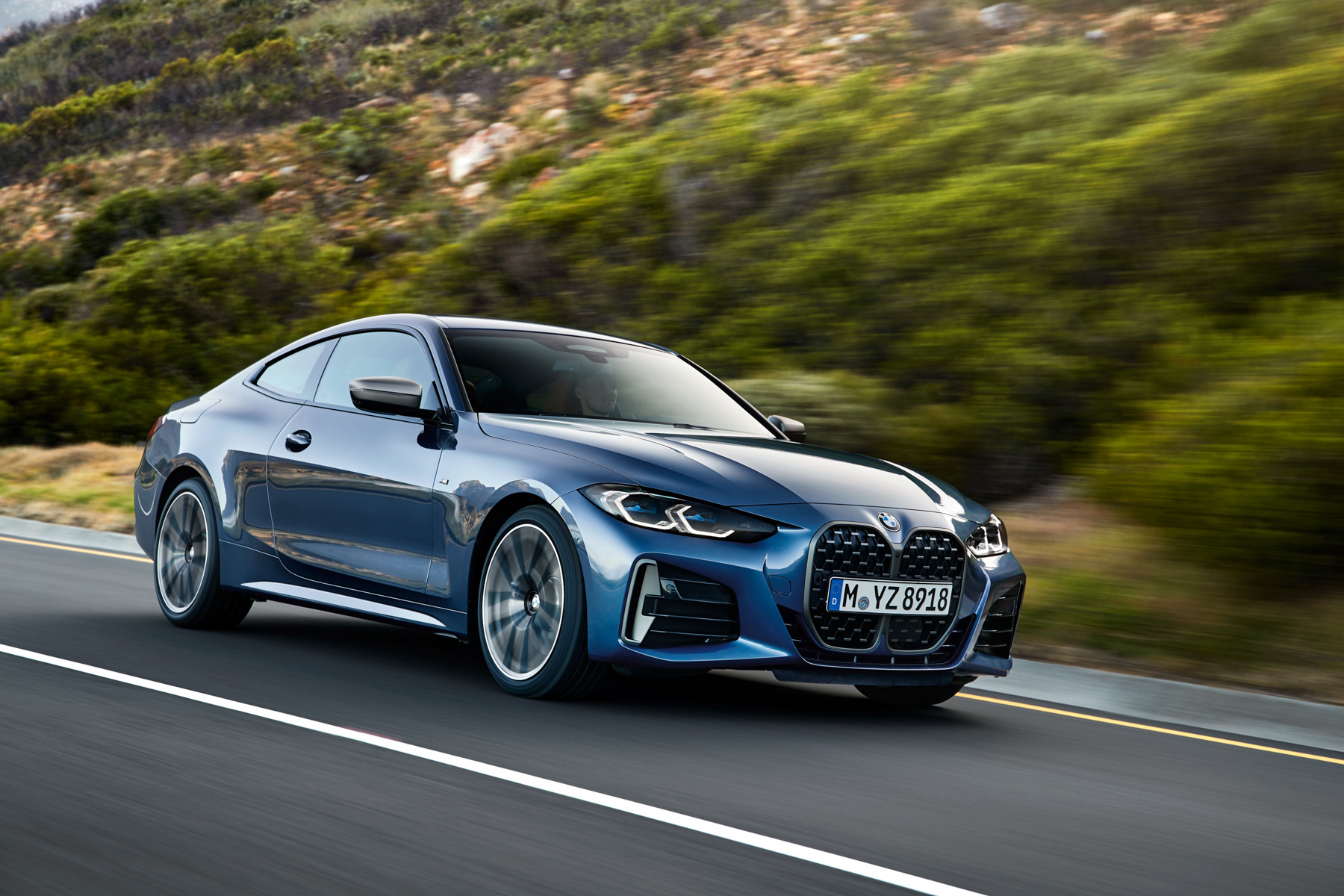
At the front, alongside the new vertical kidney grilles, a contoured apron with vertical air intakes on either corner further differentiates this new car from the 3 Series. Full LED headlights with hexagonal lighting signatures are fitted as standard, with adaptive LED units or a set-up using BMW’s Laserlight technology offered as an option.
From the side, the car’s profile is similar to the 8 Series, with a roofline tapering all the way down into a small spoiler built into the boot lid. The rear end is completely different to the 3 Series, too; the tail-lights are larger, with a new design fitted in place of the blocky units seen on the saloon, while the rear bumper gets a subtle diffuser design and dual-exit exhaust tips.
BMW Australia has confirmed it will launch with 420i, 430i and M440i xDrive variants in October 2020 with pricing and specification detail to be announced.
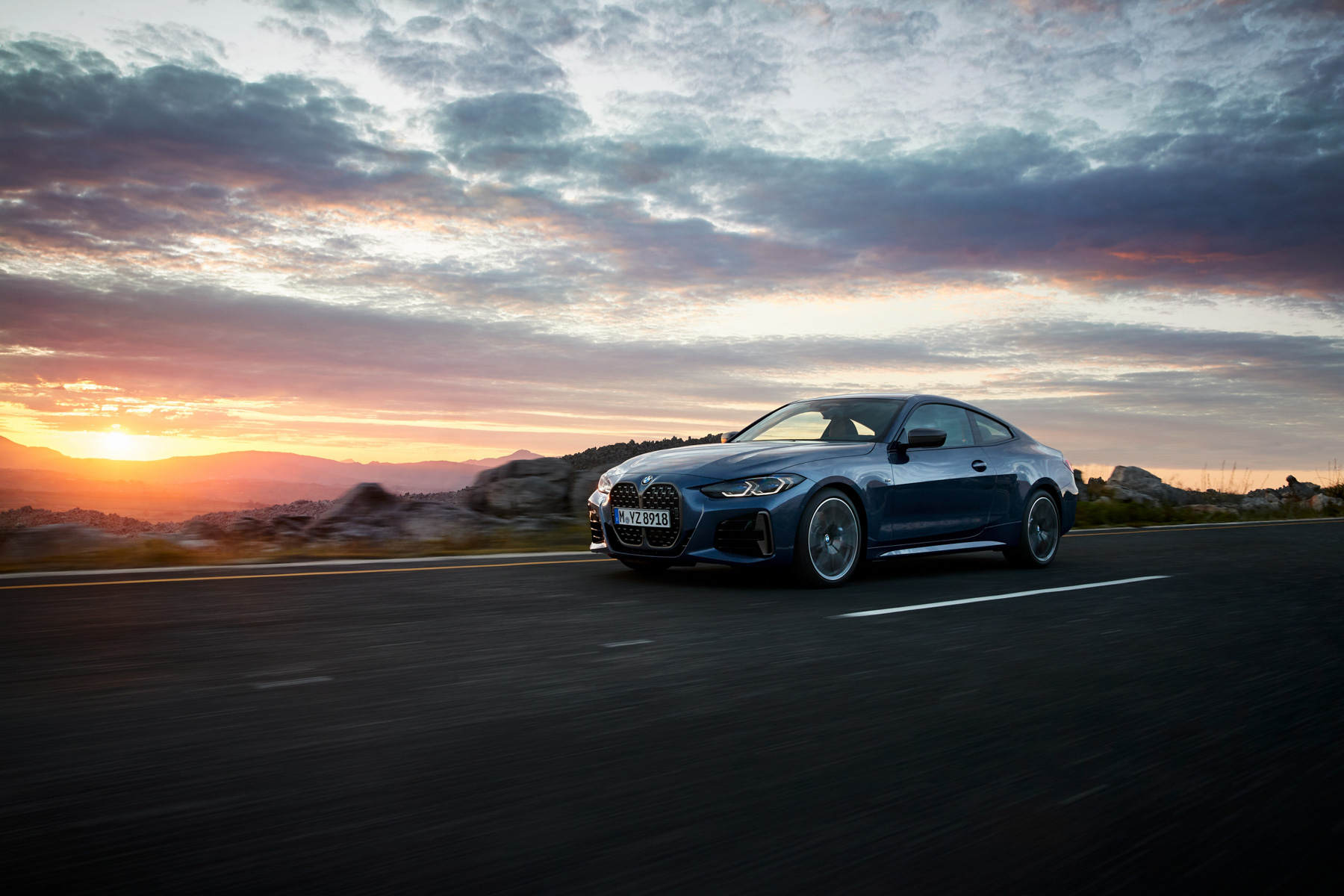
At launch, every version of the 4 Series comes in M Sport trim, with lots of high-gloss black trim pieces and lightweight 18-inch alloy wheels. Various customisation packages are offered, from a carbon-fibre detailing pack, to M Performance parts and the availability of an M Sport Pro Edition trim. This adds 19-inch wheels as standard, plus more gloss black detailing and some unique interior trim choices, as well as three exclusive paint finishes on the options list.
Although the exterior is very different to anything else in the BMW line-up, the cabin is more familiar; the new 4 Series has the same dashboard as the 3 Series.
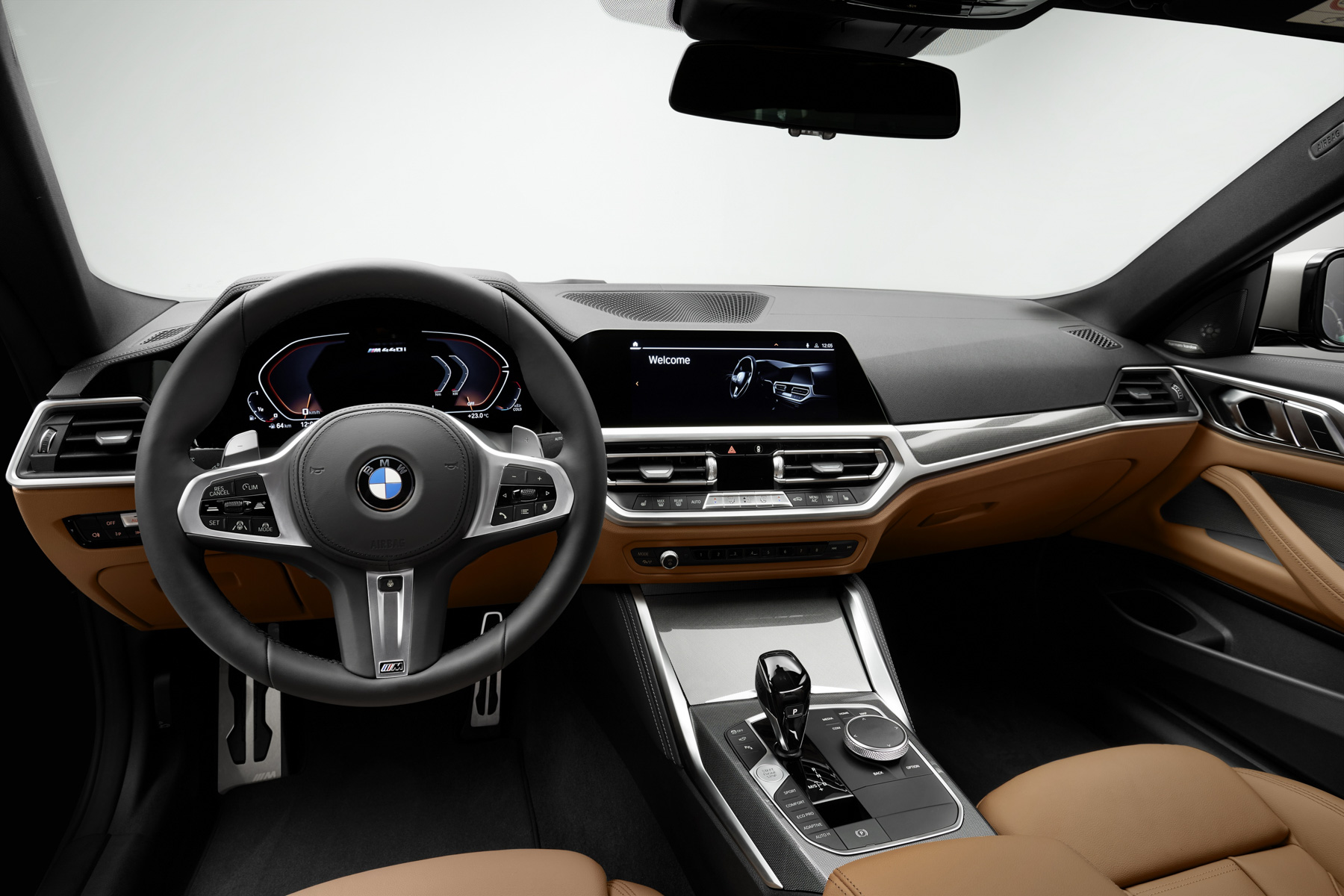
An 8.8-inch central display is standard in overseas specification, and the partially digitalised instrument panel features a 5.1-inch driver information display. Optional, and perhaps standard for Australian-spec vehicles is a 10.25-inch central screen or the BMW Live Cockpit Professional set-up, with a 12.3-inch digital instrument panel, while a head-up display is also on the list.
Front sports seats are standard, and the 4 Series is strictly a four-seater. Standard part-leather trim comes in five colours, with extended and full leather upholstery optional. The rear bench folds 40:20:40, while boot capacity is 440 litres.
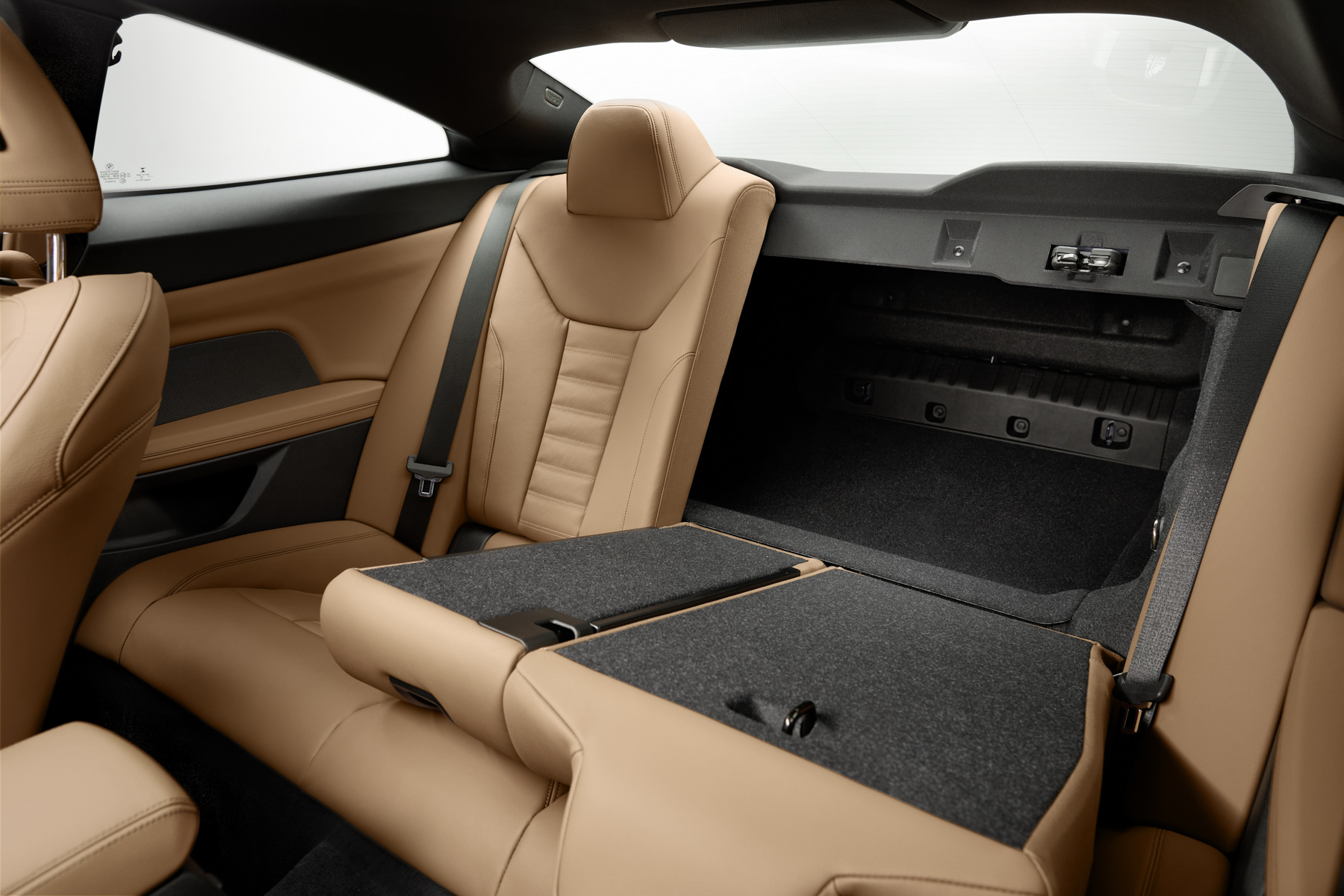
The new engine range sees the adoption of 48-volt mild-hybrid technology across the diesel line-up, as well as on the range-topping 440i six-cylinder petrol. All 48-volt systems feature a belt-fed starter generator to recoup energy under braking. This power can be supplied to the car’s 12V electrical system or deployed to assist the combustion engine to help reduce CO2 emissions and boost fuel economy.
The entry point to the range is the 420i M Sport, but it does without the mild-hybrid system. It uses a turbocharged 2.0-litre four-cylinder engine developing 135kW and 300Nm: 0-100km/h takes 7.5 seconds, top speed is 240km/h, and BMW claims fuel economy of up to 7.1L/100km. The 430i uses the same engine, but power increases to 190kW. The 4 Series petrol line-up is completed with the M440i xDrive, which is capable of 0-100km/h in 4.5 seconds thanks to 275kW and 500Nm.
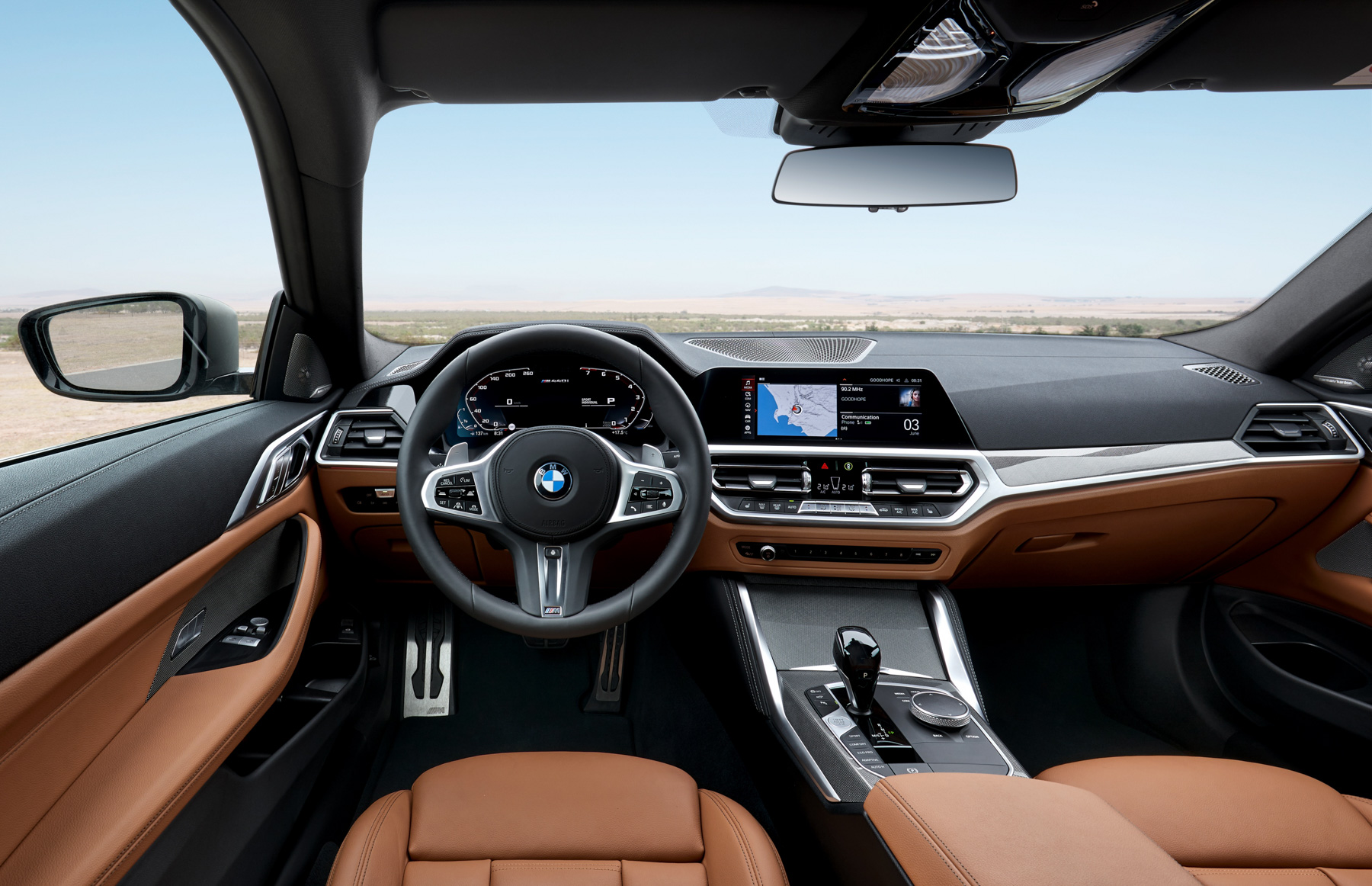
In March 2021, two 3.0-litre diesel options will debut – remaining unconfirmed for Australia – in the form of the 430d xDrive and M440d xDrive, which boast 210kW and 250kW respectively. The latter will do 0-100km/h in 4.7 seconds, and is capable of 6.7L/100km. Every version of the new 4 Series comes with an eight-speed Steptronic automatic gearbox.
Standard driver-assistance and safety features include front-collision warning, and cruise control with a speed-limiter function. Adaptive cruise control and BMW Driving Assistant Professional, enabling semi-automated driving on freeways are also available.
Q&A with BMW design head, Domagoj Dukec

Dukec has been in charge of the BMW brand’s various design teams since April 2019, and has been at BMW for nine years. Previously, he was the chief designer for the M and i divisions of the company.
Q: Can you explain the design of the new 4 Series?
A: “It’s not a car you should understand rationally. It’s irrational. You don’t just have parallel lines, you have treatments which are very central and sculptural, and combine with the low centre of gravity. And then some very iconic and expressive design elements. For example, the kidney grille on this car is very prominent.”
Q: Why did you separate 3 Series and 4 Series even more than before?
A “We were differentiating 3 and 4 in the last generation and we changed almost every single part. Every part was different on the car, but it didn’t look like it. The proportions were different, but it was almost the same car. But the customers are different. We want a bigger differentiation. We were already spending the money on different tools and parts.”
Q: Can we expect other BMW models to adopt this new look?
A: “The 4 Series now, with this prominent kidney, is something we see just for the 4. It shouldn’t feel like a small 8 Series. Everyone should feel proud about the product they have, and it should feel unique. We do not want to scale a successful car. We did this in the past when we had 3, 5 and 7 very similar, but customers don’t like this today. 7 Series customers complain it looks like a 5, 5 Series customers complain it looks like a 3, and so on. Every single product deserves a unique identity, otherwise you don’t need to make as many products.”
James Brodie




